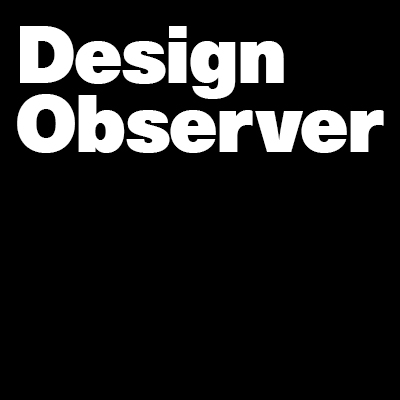Yesterday, designer Khoi Vinh announced the results of his Design Tools Survey. A revealing look at the current state of how deisgners—globally—are working. Vinh answered a few questions about his, admittedly, unscientific, yet revealing, audit of design tools and their users.
++
Design Observer: Can you give Design Observer readers a summary of the project?
Khoi Vinh: In the spring I did an informal survey of several design shops in NYC with a team that Adobe with whom I was collaborating on Adobe Comp CC. It was very revealing to me to interview a bunch of designers to get a sense of what tools they're using. At first I thought that I'd like to travel around the country doing similar visits, but then the very obvious alternative occurred to me—that I could just run the survey via my blog. So I launched the questions in early June via Typeform, which is an amazing platform for this kind of thing. I left the survey open for about a week. Then I approached my friends at Hyperakt in Brooklyn. I gave them all of the raw data and told them that they could go to town creatively with the presentation of the results. They digested all of the answers and pulled out the major findings, which I edited lightly, and then they designed and built the whole site.
DO: Why is it important? What do you want to get from the information, and how do you think it will help the respondents and others who read the results?
KV: At the macro level, tools directly impact the way we as designers work, and the way we work impacts the kind of work we do. What's specific to this point in time though is that the market for design tools is changing so rapidly, with new alternatives and independent software publishers putting new apps in the market all the time. Compared to the state of the market a decade ago, the change is so volatile that I thought it would be useful to try to quantify what's happening, even if unscientifically.
DO: How did you access the 4000 designers you surveyed? And how many people did you contact to achieve the 4000-person response rate?
KV: I announced the survey on my blog, through my Twitter account (which reaches over 300K followers) and spent lots of time writing emails to everyone I know in the business asking them to promote the survey. It was an open survey, so it was really about getting the word out as much as I could.
DO: How long has the survey been in the works, and how long was the design and implementation stage?
The survey launched early June, ran a week or so, I talked to Hyperakt middle of that month, and we got started late June or early July. So in total design and development took a little more than two months. That's slower than I'd like, but it was a side project for all of us, and Hyperakt put so much thought and care into doing it justice that it was all totally worth it, I think.
DO: Were there geographical differences/eccentricities that surprised you? What do you think of the discrepancy between the US and Germany in the HTML/CSS prototyping result, for example?
KV: I thought that particular stat was interesting, to be sure. But it's all so unscientific that the main takeaways for me are impressionistic rather than deterministic. For geography, in particular, I hesitate to draw too many conclusions. I look at the geo data more as a starting point that will be referenced in future years (I plan to do this annually); only with more data will we be able to get any truly meaningful learnings from that one.
DO: What do you expect to change over the course of the next two, five and ten surveys? Is it even possible to say?
KV: I expect the cast of characters to change dramatically, at least if recent history is any guide. We've had so many newcomers to this market in just the last two years; I'm excited to see the ones that come along in the next few years.
DO: You call this the first annual: when will the survey be available for the next round?
KV: My plan is to do it late spring again, with results released by summer or early fall.
DO: Tell us a little about your partners in this—Typeform and Hyperakt—why were they the right fit, and, well, what tools did they use? Readers want to know!
KV: Typeform is an incredibly powerful, malleable platform for producing the kind of survey that designers will respond to—that is, beautifully formatted surveys that are super easy to use. They made so much more sense for this survey than the competition. I even used them before I asked them to put their name on the survey, so I was very happy that they did. I've been friendly with the Hyperakt team a number of years. They do amazing, powerful work rooted in data and rigorous intellectual inquiry. So for me, they were the perfect partner, not just to extract the most interesting, revealing learnings from the data, but also to produce the most beautiful presentation for it. I'm head over heels for what they did.
See the survey results and sign up for the next one here.

